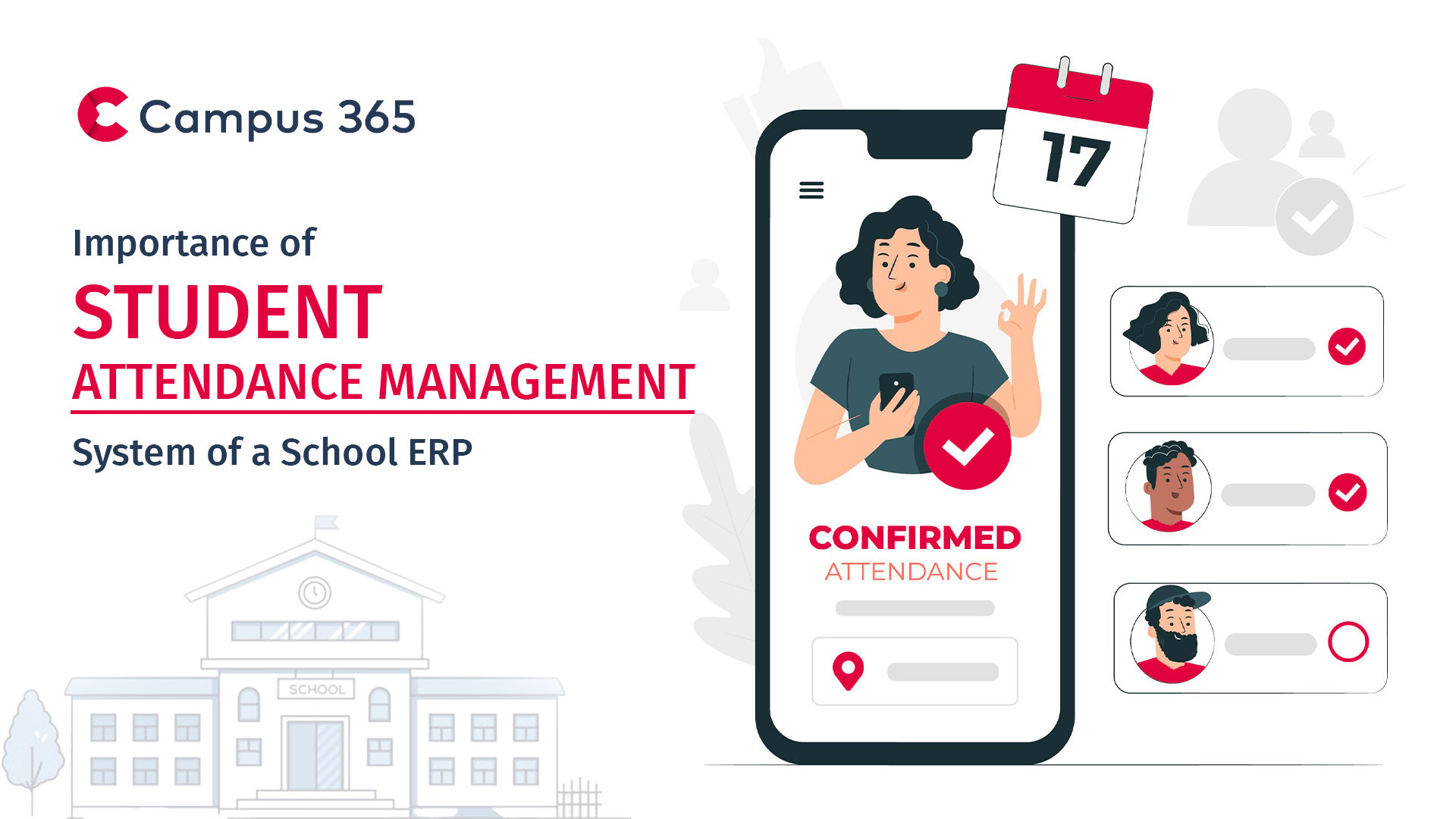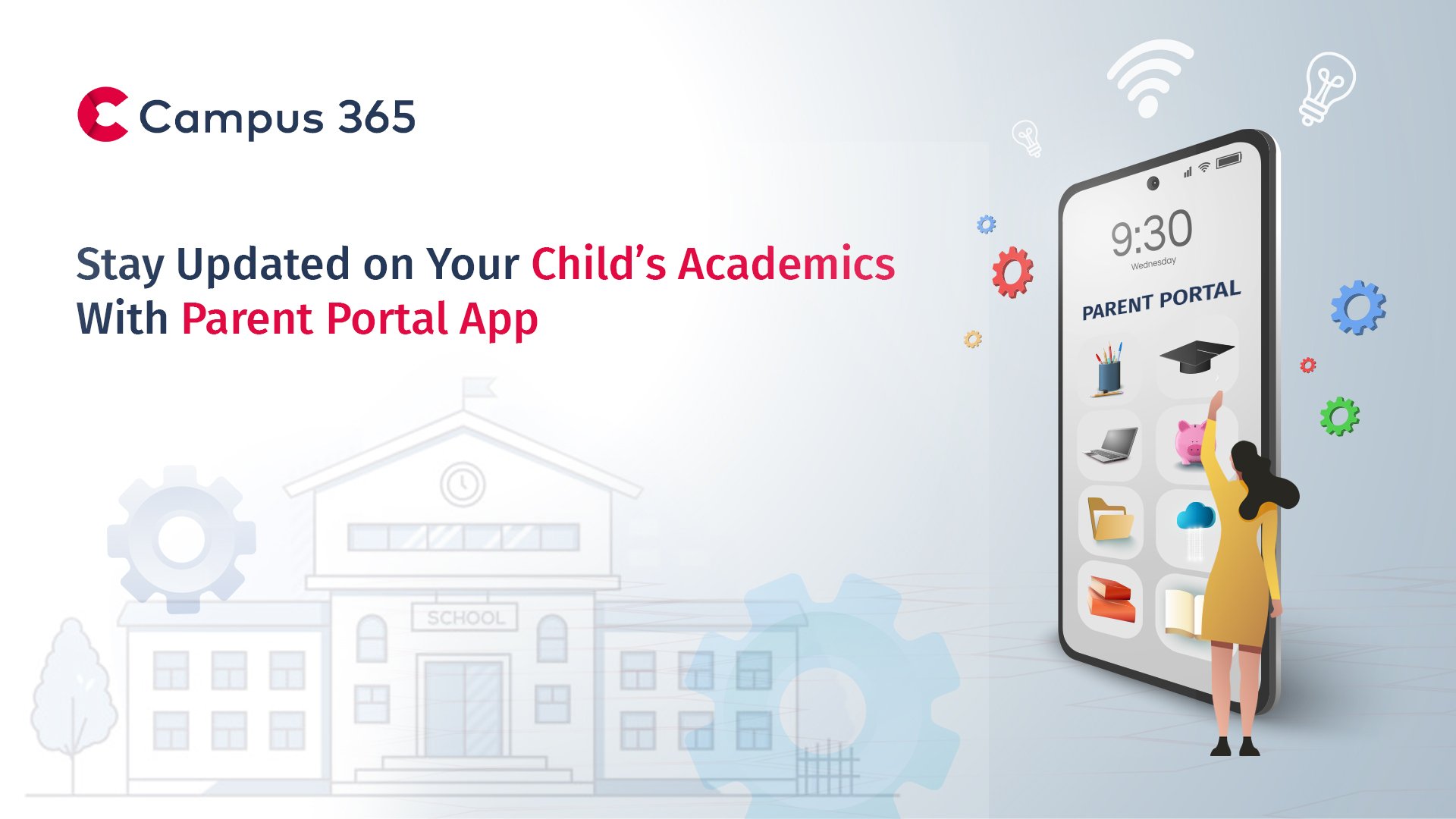The school information management system should be used by schools since it makes their job much easier. It offers a platform for digital classroom management for the effective working of classroom activities.
A School Management System is necessary for a range of educational institutions to manage the infrastructure, curriculum, material, and communications, as well as to provide sophisticated reporting and analysis to track all operations.
In a classroom, every student has a plethora of information these days, which requires a classroom management system that is both fully compatible and user-friendly. Teachers can access the data they need to provide students with individualized instruction through a single, unified set of tools.
Classroom Management System unifies all academic programs and the subjects into a single platform for quick access with security. Faculty and students can easily access the content from their digital devices like computers, phones, and tablets. The classroom management system can enhance the classroom experience by elevating the learning processes if implemented wisely. Its goal is to analyze students’ data to identify and close learning gaps. It's a technology with the potential to improve learning by making it more efficient, dependable, cost-effective, and trackable. Effective classroom management aids in the following areas:
- Maintaining an orderly learning environment in the classroom.
- Meaningful academic growth and encouraging social-emotional learning of students.
- Getting the most out of the time spent on academics.
We will discuss what questions you should ask before choosing a classroom management platform that supports whole-child instruction and helps your students succeed.

1. Is the Classroom Management Platform simple and convenient to use?
A complex platform is a big challenge for many users & educators. The user-friendly and simple interface is the most important feature to look at in the checklist. As the users of the classroom management module will be the students and teachers, it should be convenient to use and easy to understand. The uploading of assignments and sharing of academic content by each user in the classroom should be simple so that everyone can have easy access.
For a classroom management platform to be effective, it must be simple for everyone involved, from students to teachers to administrators. It must provide only the data that each needs.
Ideally, a classroom management system should have the following features:
- It is a platform with a consistent look and feels across all of its components, making it easy to use across all of its tools.
- Collaboration tools that allow users to work together to improve student outcomes.
2. Does the classroom management system support data-driven decisions?
One of the most effective ways to raise student achievement is by collecting, reviewing, and acting on data of students. Teachers need accessible, accurate, and actionable data to make relevant decisions to improve the students’ performance. With this combination of features, teachers can make the most timely and effective decisions possible.
In an ideal classroom management platform, the following features should be present:
- Early-warning indicators and centralized assessment results are all found in one report.
- Improved teaching and learning through real-time monitoring of student progress and mastery.
- All key stakeholders have access to performance data that has been filtered by the school, course, teacher, demographics, and other vital factors.
3. Is the classroom management software able to assist teachers in the holistic development of students?
Sources of information are needed by administrators and educators to reinforce the holistic development of students in the classroom, including data from all the different areas of the child's life.
The programs must focus on early warning and intervention (EWI) and the social-emotional learning of students. (SEL).
Classroom management software that promotes whole-child education should have the following features:
- An easy way to see a student's test scores, attendance statistics, and other behavioral data for their social-emotional learning (SEL) like tracking their daily moods in terms of happiness or sadness is to check their mental health. This will help the instructors to know about the need for social-emotional learning (SEL) in students.
- SEL assessments are built-in and the ability to see how results have changed over time. The reports of emotional health should be generated and can be accessed by the teacher & parents of the child.
4. Does the classroom management system work with other digital tools?
In today's educational environment, classroom management platforms aren't the only digital tools in use at your school or district.
Only 42% of a teacher's workday is spent in the classroom, which is understandable given the number of products they must manage. So, the ideal classroom management platform should be able to integrate with a wide range of digital tools to streamline and simplify instructional processes.
Interoperable classroom management platforms should include:
- Links to the preferred teaching and learning resources and content of your educators.
- Synchronized grades and other vital datasets across your ecosystem.
- Readily available information from other ecosystem tools.
- A complete picture of each student by integrating data from across your ecosystem.
5. Are students able to use the features without difficulty?
A classroom management platform should have features that encourage participation from all students, regardless of where they are learning to impact student outcomes.
A well-designed classroom management platform makes it easy for students to actively participate in their education—asking questions, interacting with their peers, contributing substantive thoughts during class discussions, and so forth.
Ideally, a classroom management system would include the following features:
- A personalized, student-centered learning experience
- Collaboration tools for courses, sports teams, clubs, and more
- Students, parents and guardians, educators, and school and district leaders can all be tracked for participation
- All students, from kindergarteners to seniors, can be engaged regardless of where they're learning for the day
6. Does the platform for classroom management enhance professional education and assistance?
A positive ripple effect occurs when school administrators invest in the professional development of their teachers.
Choosing the right classroom management platform can serve as a one-stop solution for both on-the-job training and formal instruction. In addition, it should be flexible enough so that educators can learn wherever they are, whether it's in person or online.
A classroom management system that is designed to enhance professional development and learning should include the following features:
- Peer-to-peer and advisor-to-peer sharing of professional development (PD) lessons
- Models of implementation that are adaptable to the timetable and resources of your company
7. How flexible is the classroom management platform?
Digital tools must change with the times, as shown by the recent school closures and other disruptions to education. Educators must be able to change their teaching methods, reclaim their own time, and avoid unnecessary distractions.
Teaching and learning in today's classrooms require a classroom management platform that can be easily adapted to meet the changing needs of students.
The following features are ideal for a flexible platform for classroom management:
- Connect students, educators, and parents wherever they are with built-in communication and collaboration tools. It should be integrated as a mobile app so that the parents can stay in touch with the child’s academics all the time.
- Monitoring tools that provide a clear picture of students' progress and educational needs are essential like several types of reports and graphical representations of students’ performances.
- Flexibility should be there for timetable or schedule adjustments as per the school calendar, instant notifications & alerts, and updating of records quickly.
And that's that!
There are many classroom management platforms on the market, making it challenging to pick one that is adaptable to changing needs, promotes the holistic development of students, and integrates well with other critical systems in your school. Campus 365, is one such school management software that has the capabilities to address all the above questions with reliable solutions. The software’s classroom management system is user-friendly with flexible features. The system checks the mental health of children through its exclusive mood tracking feature. It helps to learn about the child’s emotional health.
Your journey to improve student outcomes can be aided by asking yourself these questions and considering your specific requirements.




